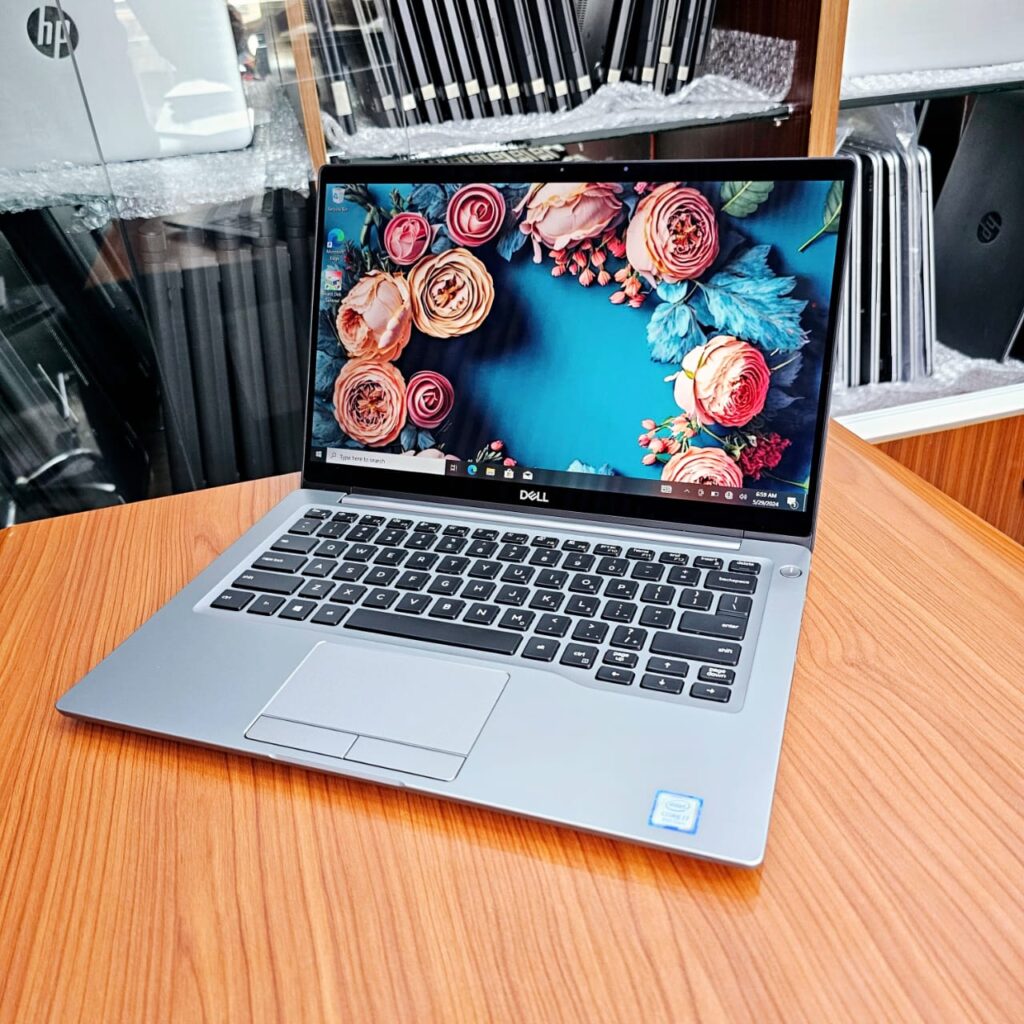Introduction: Speed Up Your Windows PC Without Spending a Dime

Is your Windows PC crawling at a snail’s pace? You don’t need to spend money on new hardware to get it running smoothly again. Over time, computers slow down due to unnecessary background processes, cluttered storage, and inefficient settings. Fortunately, with a few tweaks, you can boost your PC’s speed without spending a cent.
In this guide, we’ll walk you through practical, no-cost solutions to fix a slow Windows PC—no hardware upgrades required. Whether you’re dealing with sluggish boot times, lagging apps, or unresponsive programs, these steps will help restore your PC’s performance.
1. Restart Your Computer: The Quickest Fix
Many users put their PC to sleep instead of shutting it down completely. Over time, background processes and memory leaks build up, slowing things down.
Solution: Restart your PC at least once a week to clear out temporary files and reset system processes.
- Click Start > Power > Restart
- Ensure no applications are open to prevent data loss
Pro Tip: If your PC is completely frozen, hold the power button for 5–10 seconds to force a shutdown.
2. Disable Startup Programs to Speed Up Boot Time
Many apps launch automatically when you start your PC, consuming memory and slowing down boot time.
Solution: Disable unnecessary startup programs.
- Press Ctrl + Shift + Esc to open Task Manager
- Go to the Startup tab
- Right-click on unnecessary programs and select Disable
Pro Tip: Disable apps like Skype, OneDrive, and Adobe services if you don’t need them running at startup.
3. Free Up Disk Space: Remove Junk Files
A cluttered hard drive slows down performance. Windows stores temporary files, old updates, and cache data that can take up gigabytes of space.
Solution: Use Storage Sense to clean up files.
- Go to Settings > System > Storage
- Turn on Storage Sense to automatically delete temporary files
- Click Temporary files, select unnecessary data, and hit Remove files
Pro Tip: Use Disk Cleanup by typing it in the Start menu for a deeper clean.
4. Uninstall Unused Programs
Unused applications take up storage and run background processes, even if you’re not using them.
Solution: Remove software you no longer need.
- Open Settings > Apps > Installed apps
- Click on programs you don’t use and select Uninstall
Pro Tip: Look out for bloatware that came pre-installed on your PC—trial software, manufacturer tools, and third-party apps you never installed.
5. Adjust Power Settings for Performance
Windows often defaults to a balanced power mode to save energy, but switching to High Performance can speed up your PC.
Solution: Change power settings.
- Go to Control Panel > Power Options
- Select High Performance mode
Pro Tip: If you’re on a laptop, use this mode when plugged in for maximum speed.
6. Disable Visual Effects for a Snappier Experience
Fancy animations and transparency effects look nice but can slow down performance, especially on older PCs.
Solution: Turn off unnecessary visual effects.
- Press Win + R, type sysdm.cpl, and hit Enter
- Go to the Advanced tab and click Settings under Performance
- Select Adjust for best performance or manually disable effects like animations and shadows
Pro Tip: Keep Smooth edges of screen fonts enabled for better readability.
7. Scan for Malware and Unwanted Programs
Viruses, spyware, and adware can consume resources and slow down your system.
Solution: Run a full malware scan.
- Open Windows Security > Virus & threat protection
- Click Quick Scan (or Full Scan for deeper checks)
Pro Tip: Use Malwarebytes Free for an additional layer of protection against hidden threats.
8. Optimize Your Hard Drive with Defragmentation
For HDD users, fragmented files slow down data access speeds. Defragmenting reorganizes files for faster performance.
Solution: Defragment your hard drive.
- Type Defragment and Optimize Drives in the Start menu
- Select your drive and click Optimize
Pro Tip: If you have an SSD, don’t defragment—Windows automatically optimizes SSDs.
9. Keep Windows and Drivers Updated
Outdated system files and drivers can cause performance issues and instability.
Solution: Ensure everything is up to date.
- Go to Settings > Windows Update > Check for updates
- Update drivers through Device Manager
Pro Tip: Manually update graphics and chipset drivers from the manufacturer’s website for better performance.
10. Use a Lighter Web Browser or Manage Extensions
Browsers like Chrome and Edge can use excessive RAM, slowing down your PC.
Solution: Reduce browser resource usage.
- Limit open tabs and close unused ones
- Remove unnecessary browser extensions
- Consider using Microsoft Edge, Brave, or Firefox for better RAM efficiency
Pro Tip: Use the Task Manager (Shift + Esc in Chrome) to identify and close memory-hungry tabs.
Conclusion: Your PC Can Be Fast Again Without Spending Money
A slow PC doesn’t mean you need a new one. By following these steps, you can significantly improve performance without spending a dime. Whether it’s disabling startup programs, freeing up disk space, or tweaking power settings, these small changes make a big difference.
Try these fixes today, and let us know—did you notice a speed boost?